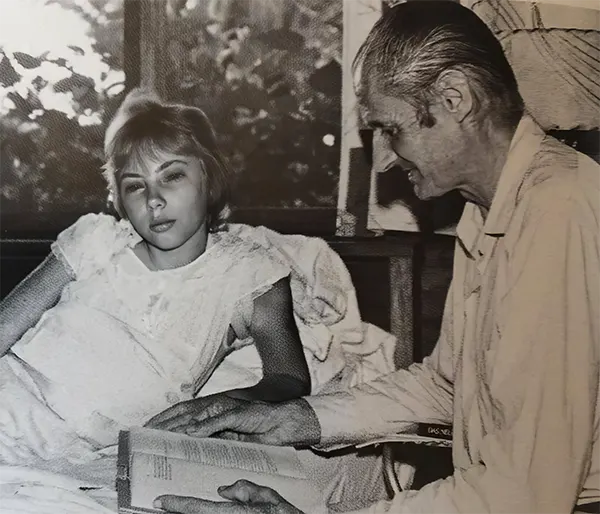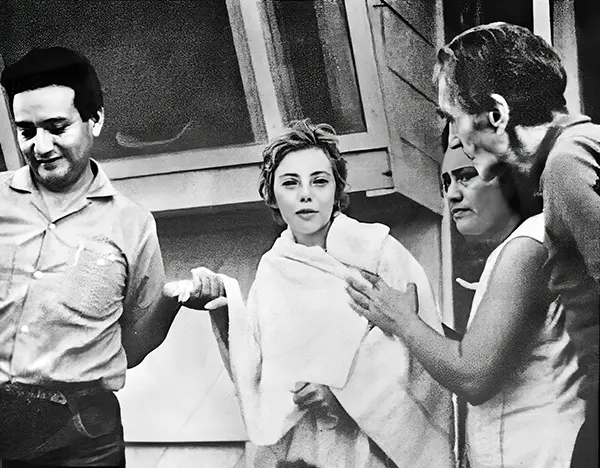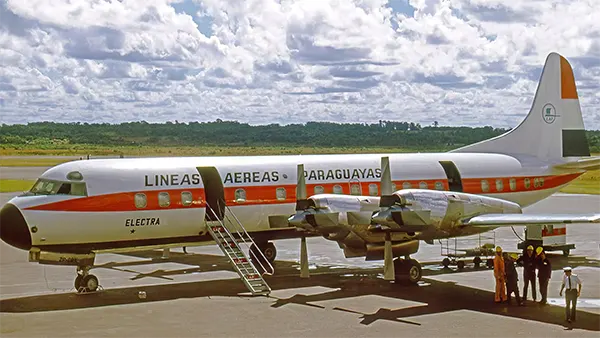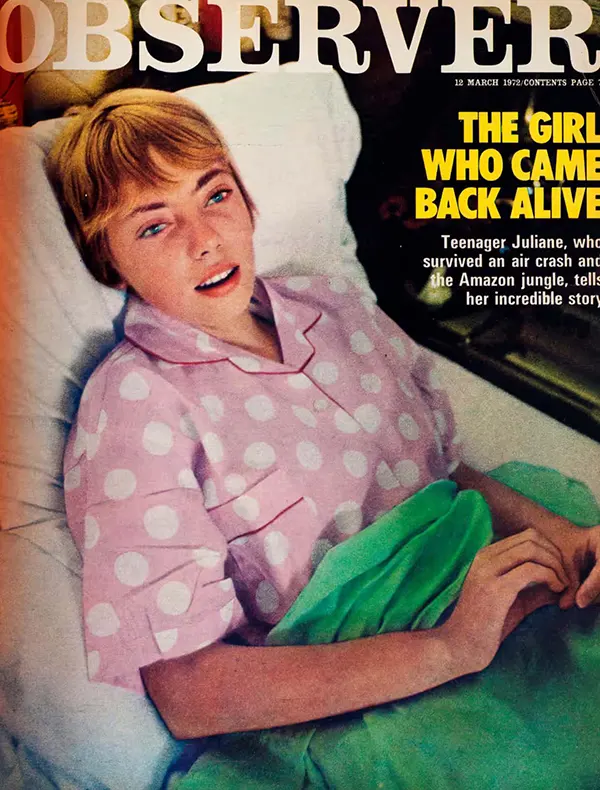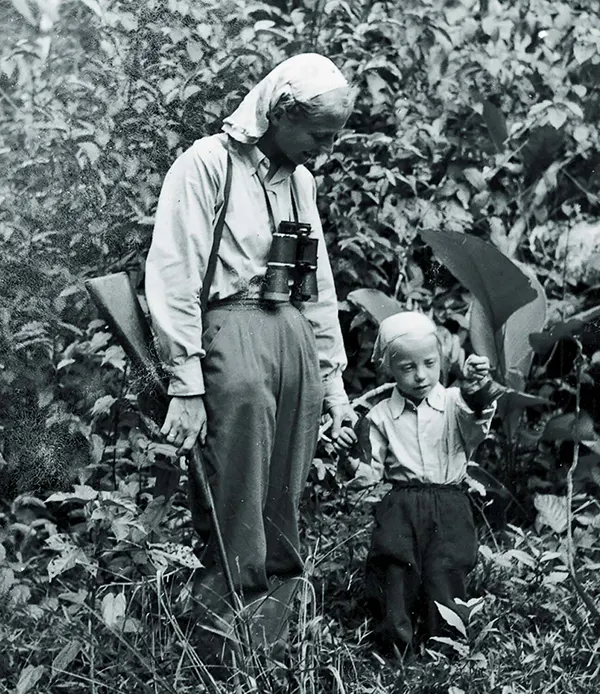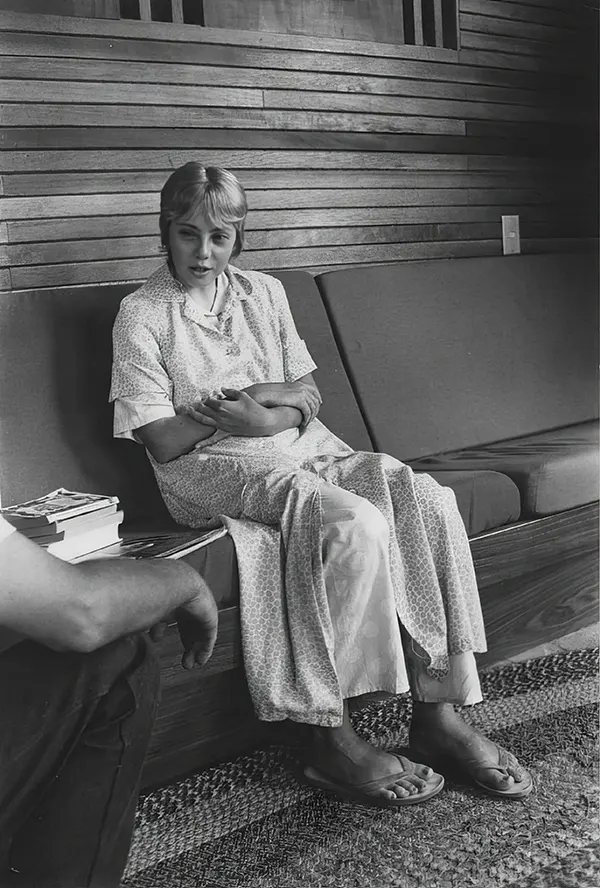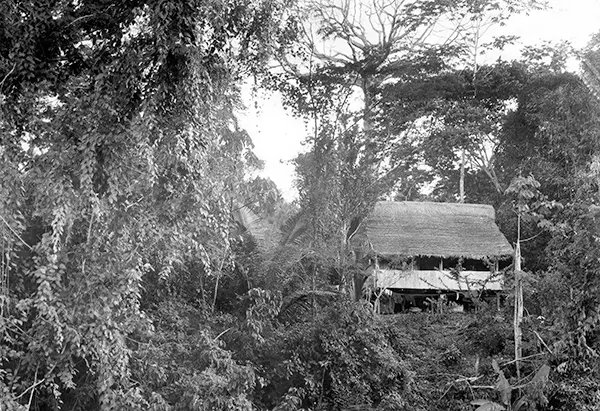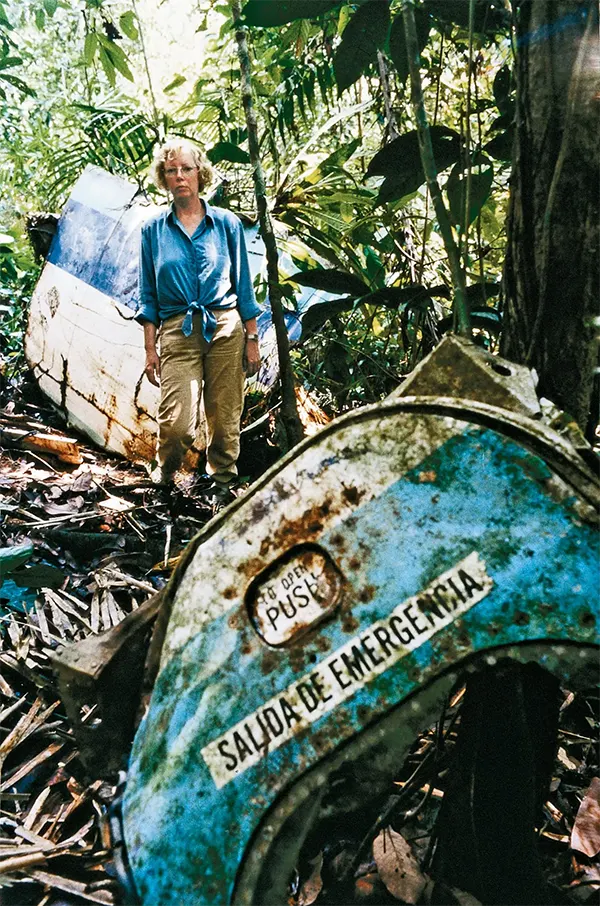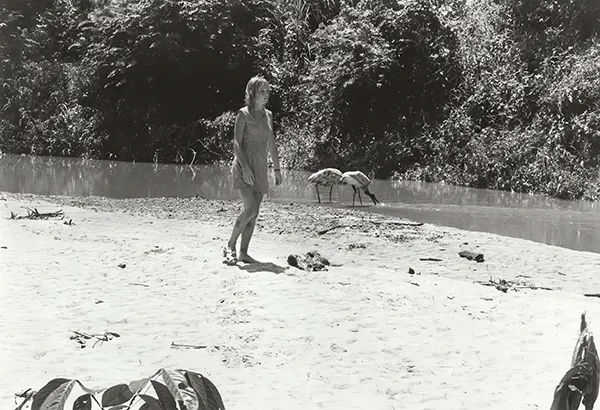Despite an exhaustive 10-day search operation, eventually abandoned due to the absence of any signs of the flight, Juliane defied the odds. After 11 days of solitary survival in the rainforest, she was rescued by local fishermen, emerging as the sole survivor of the tragic incident. Born on October 10, 1954, in Lima, Juliane Koepcke is the only child of German zoologists Maria and Hans-Wilhelm Koepcke. Her parents were engaged in scientific work at Lima’s Museum of Natural History at the time of her birth. Little did Juliane Koepcke know what awaited her on December 24, 1971, as she stepped onto LANSA Flight 508. The night prior, she and her mother celebrated Juliane’s high school graduation in Lima, Peru. Eager to make it home for Christmas, they booked the LANSA flight on December 24. Koepcke’s father, Hans-Wilhelm, urged his wife to avoid flying with the airline due to its poor reputation. Nonetheless, the flight was booked. On Christmas Eve, as mother and daughter waited to board, they found themselves in a bustling airport, packed due to several canceled flights from the day before. Writing about her memory of the flight in Reader’s Digest in 2013, she remembered the first half-hour being pretty smooth. Everyone got snacks, all chill. But then, things went crazy. The plane hit a thunderstorm, and lightning was all over the place. People started freaking out, screaming, and crying. The plane got tossed around, and sandwich trays were flying everywhere. Juliane’s mom, who was a nervous flier, tried to calm her down, saying, ‘Hopefully, everything will be okay.’ Then, the scariest part: the plane took a nosedive, as it fell out of the sky, Juliane’s mom just said, ‘Now it’s all over.‘ As the plane began to disintegrate in mid-air, Juliane Koepcke and the seat she was strapped into became detached from the crumbling plane itself. “My mother is no longer at my side and I’m no longer in the airplane,” Koepcke wrote in a memoir called “When I Fell From the Sky.” “I’m still strapped to my seat, but I’m alone. At an altitude of about ten thousand feet, I’m alone. And I’m falling, slicing through the sky…” Koepcke survived the fall but suffered injuries such as a broken collarbone, a deep cut on her right arm, an eye injury, and a concussion. The forest, she wrote in her memoir, “saved my life,” the foliage cushioning the impact of her 10,000-foot fall. She went in and out of consciousness before finally pulling herself to her feet. Recalling a piece of advice from her father, she thought about his wise words: “If you ever get lost in the jungle, search for water and trace its path. It will lead you to a bigger water source, and quite possibly, a human settlement.” Eventually, Koepcke spent 11 days in the Peruvian rainforest, most of which were spent making her way through water by following a creek to a river. While in the jungle, she dealt with severe insect bites and an infestation of botfly larvae in her wounded arm. As she continued walking, Juliane also found the bodies of other plane crash victims, many of whom were still strapped to their seats. ‘I was horrified — I didn’t want to touch them but I wanted to make sure that my mother wasn’t one of them. So I took a stick and knocked a shoe off one of the bodies. The toenails had nail polish on them and I knew it could not have been my mother because she never used nail polish,’ she recalled. By the 10th day, Koepcke was near exhaustion. She had eaten only a bag of sweets she’d found at the crash site, and thought she might starve. At last, the teenager was able to find an encampment that had been set up by local fishermen. She gave herself rudimentary first aid, which included pouring gasoline on her arm to force the maggots out of the wound. The following day, January 3, 1972, Juliane was finally discovered by three fishermen who found her in the shack and helped her to safety. After her rescue, Juliane learned that she was the sole remaining survivor of the LANSA crash. A total of 91 people had been killed, including her mother Maria. After recovering from her injuries, Koepcke assisted search parties in locating the crash site and recovering the bodies of victims. Her mother’s body was discovered on 12 January 1972. Koepcke returned to her parents’ native Germany, where she fully recovered from her physical injuries. Like her parents, she studied biology at the University of Kiel and graduated in 1980. She received a doctorate from Ludwig Maximilian University of Munich and returned to Peru to conduct research in mammalogy, specializing in bats. In 1989, Koepcke married Erich Diller, a German entomologist who specializes in parasitic wasps. In 2000, following the death of her father, she took over as the director of Panguana. Even as she has found meaning in her life and her work, the crash and its aftermath have stayed with her over the decades. “Of course, I had nightmares for a long time, for years, and of course the grief about my mother’s death and that of the other people came back again and again. The thought — why was I the only survivor? — haunts me. It always will.” Koepcke’s survival has been the subject of numerous books and films, including the low-budget and heavily fictionalized I miracoli accadono ancora (1974) by Italian filmmaker Giuseppe Maria Scotese, which was released in English as Miracles Still Happen. Koepcke’s story was more faithfully told by Koepcke herself in German filmmaker Werner Herzog’s documentary Wings of Hope (1998).
How Did Juliane Koepcke Survive The Plane Fall?
Koepcke’s unlikely survival has been the subject of much speculation. Experts have said that she survived the fall because she was harnessed into her seat, the window seat, which was attached to the two seats to her left as part of a row of three. That was thought to have functioned as a parachute which slowed her fall. The impact may have also been lessened by the updraft from a thunderstorm Koepcke fell through, as well as the thick foliage at her landing site. What’s interesting is that around 14 other passengers also made it through the initial crash. Sadly, their luck ran out while they were waiting to be rescued. It just goes to show how survival in situations like these is a mix of factors that can be pretty unpredictable.
(Photo credit: Juliane Koepcke / When I Fell From the Sky / The Washington Post / Wikimedia Commons / Daily Mail UK / IMDB). Notify me of new posts by email.
Δ Subscribe

